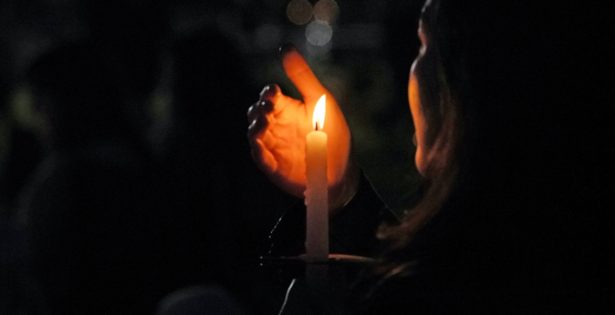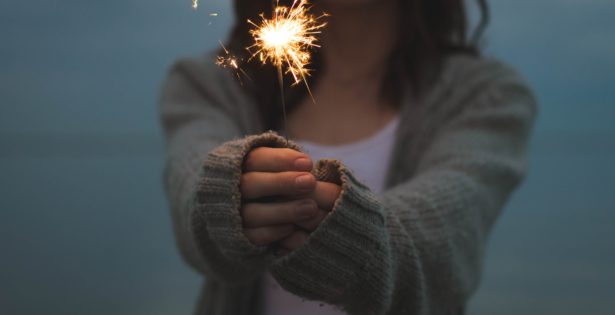As we approach spring, it’s a good time to discuss seasonal junctions. Both Ayurvedic and Chinese systems of medicine see the changes of seasons as times when we are more… Read More
seasons
Making Friends with Darkness
Winter solstice is coming. For me it always brings a mix of feelings. I don’t like the early sunsets, but I do like the cozy feeling of candles and music… Read More
Talking Wellness with Peter: The Fire Element
Don’t deprive the world of your warmth and light! How can you share your acceptance and love with those around you? Let us know in the comments below!



 Cart
Cart


